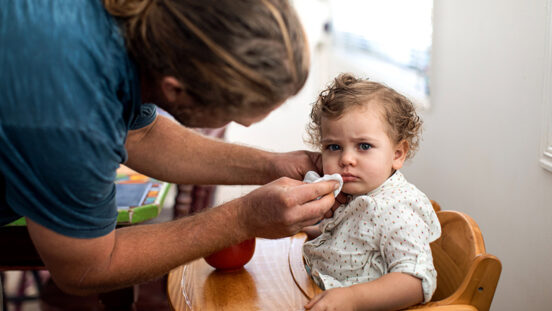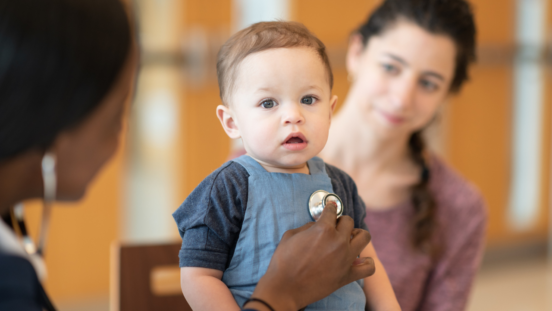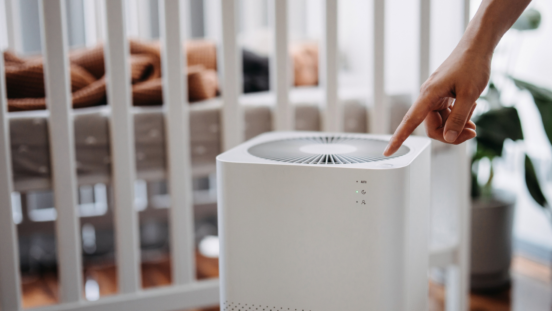Ear infections in babies: What you need to know
How can I tell if my child has an ear infection?
Ear infections are one of the most common health problems parents will have to deal with, and they can wreak havoc on your child's health and happiness. However treatment is often quick and effective.
The ear is made up of three main parts: the outer ear, the middle ear and the inner ear. The outer ear is connected by a short passage, called the canal, to the eardrum and middle ear, which in turn leads to the inner ear. The middle ear is filled with air and the inner ear is filled with fluid. A tube called the Eustachian tube leads from the middle ear to the back of the throat.
Any section of the ear can become infected, but middle ear infection (otitis media), where the normally air-filled space becomes filled with pus, is the most common.

Ear infections are one of the most common health problems in children under the age of three
What causes ear infections?
Ear infections are usually caused by viruses, but they can also be bacterial. Middle ear infections are common in young children because they have narrow, short Eustachian tubes which lie horizontally rather than sloping downwards as steeply as in adults.
This not only makes it easy for viruses and bacteria to travel from the nose and throat to the middle ear, but mucus tends to build up rather than drain away. Children with allergies are prone to ear infections.
How can I tell if my child has an ear infection?
- The sudden appearance of runny wax in the ear canal can be a sign of middle ear infection.
- Babies will be miserable and go off their feeds. They may be feverish, sleep badly or rub the side of their face. They may also have diarrhoea and vomiting.
- Older children will complain of earache, usually a throbbing ache or a stabbing pain, often on the tail end of a cough or cold. He may have fever.
- If the pain suddenly stops, the eardrum may have ruptured, producing pus which may be blood streaked.

Middle ear infections are the most common type of ear infections in babies and children
How can ear infections be treated?
- Gently remove any sticky or crusty discharge on the ear lobe with cotton wool soaked in warm water. Don't wash inside the ear. Treat a temperature with children's paracetamol, suitable from three months, and consult your GP.
- To relieve any pain, put a warm soft cloth on his sheet or pillow and place the affected ear against the cloth. For older kids, use a thickly covered hot water bottle.
- Your GP may prescribe antibiotics, which will help a bacterial infection but not viral one. Most children get over an earache within 24 hours with or without treatment. Your GP may prescribe antibiotics, but may suggest that you wait to see if the pain subsides before giving them.
- Have his ears checked a couple of weeks later to ensure that the fluid has completely cleared and that his hearing is back to normal.
- Postpone washing his hair. If his hair really needs washing, cover his ear to stop any water or shampoo getting in.
- Wait until the ear infection has cleared before letting older children go swimming.

Most children get over an earache within 24 hours with or without treatment
Emergency checklist
Always get ear infections checked by your doctor. Left untreated, middle ear infections can damage the cavity or bones within it and cause permanent hearing loss.




